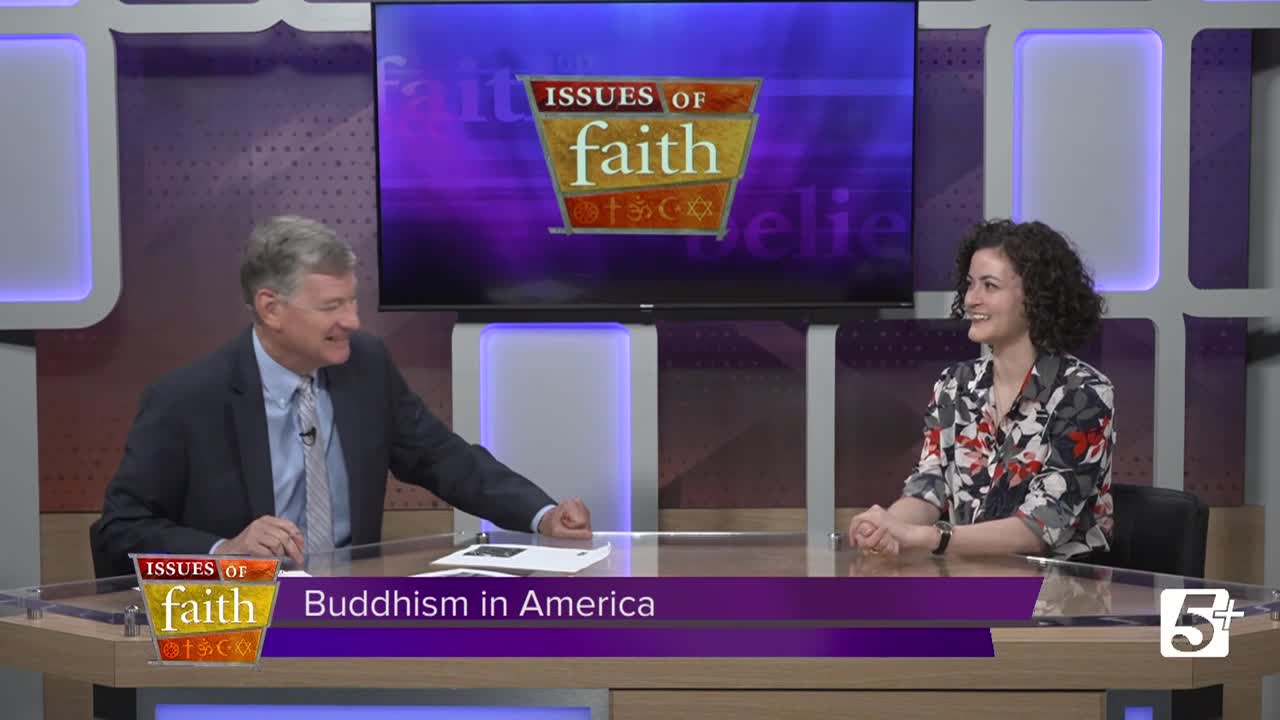NASHVILLE, Tenn. (WTVF) — Modern Buddhism developed in Asia around 563 BCE, though its beginnings may extend even earlier. A prophecy predicted that the son of King Suddhodana would either become a great king or renounce wealth to become a holy man—Siddhartha Gautama, who would later be known as Shakyamuni.
Vanderbilt University Assistant Professor of Buddhist Traditions Adeana McNicholl, Ph.D., offers a concise lesson in Buddhism, reincarnation, and how the United States has influenced Buddhism—and Buddhism has influenced the United States.
Arriving as railroad workers in the 1850s, Chinese immigrants brought their culture and religion. In the 1890s, Japanese began settling in Hawaii and on the West Coast, introducing Buddhism to the American public. In the 1960s and 1970s, refugees came to this country, reviving Zen and Vipassana meditation among non-Asians. Buddhism has influenced U.S. artists and scholars such as Ralph Waldo Emerson and Henry David Thoreau, and more recently Tiger Woods, Richard Gere, Uma Thurman, Keanu Reeves, Russell Simmons, Sting, Steve Jobs, Tina Turner, among others. Like Christianity, Buddhism’s various traditions have given rise to a range of denominations, with temples and institutions marking a permanent presence in the United States.
This story was reported by a journalist and has been converted to this platform with the assistance of AI. Our editorial team verifies all reporting on all platforms for fairness and accuracy.



